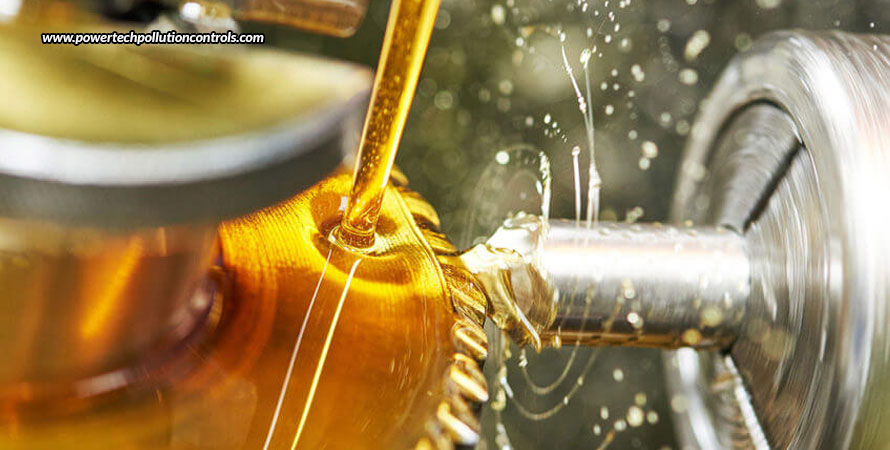
Oil Mist Preventative Maintenance – 7 Easy Steps
In order to guarantee efficient operation and longevity of machinery and equipment, oil mist prevention and maintenance checks are crucial. Oil mist is a prevalent issue in many industrial workplaces, which may endanger your health and result in explosions or flames. It’s crucial to take action to lessen oil mist at work if you operate machine tools. You must thus keep in mind the following points for effective oil mist preventative maintenance.
Lubrication system maintenance
To stop the development of oil mist, lubrication systems must be properly maintained. Make sure that the lubricating systems are operating properly and are free of leaks and obstructions. To guarantee appropriate lubrication, keep an eye on oil levels, pressures, and flow rates.
Regular Inspection
Check the machinery and equipment often for any indications of oil mist collection or leakage. This includes looking around for any oil streaks, oil residue, or oil mist. Determine probable oil mist emission sources, such as leaky gaskets, seals, or ventilation systems.
Maintenance of gaskets and seals
Gasket and seal leaks can cause oil mist. Regularly check and maintain seals and gaskets to make sure they are sound and operating properly. Any worn-out or damaged seals and gaskets should be replaced right away.
Exhaust and ventilation systems
The prevention of oil mist formation is greatly aided by proper ventilation and exhaust systems. Make sure the workplace has adequate ventilation to dispose of any oil mist produced by machine activities. Ventilation systems should be regularly cleaned and maintained to prevent obstructions and ensure their effectiveness.
Temperature control
It is important to monitor and regulate the temperature because it affects the chance of creating oil mist. To avoid overheating and the resultant production of oil mist, keep an eye on and regulate the working temperatures of the machinery and equipment within the premises.
Following manufacturer advice
You must follow the manufacturer’s instructions and advice when it comes to lubricants, maintenance techniques, and preventative measures for oil mist. Review and update maintenance schedules on a regular basis in accordance with manufacturer guidelines.
Employee training and awareness
Last but not the least, you must train your employees on the value of preventing oil mist, and give them the right guidelines and instructions to follow. You must also encourage the reporting of any evidence of oil mist collection or leakage so that prompt action can be taken.
You can reduce the possibility of oil mist generation, safeguard your machinery and equipment, guarantee a safe working environment, and increase the lifespan of your assets by putting the aforementioned preventative maintenance procedures into place. However, if you still face oil mist generation issues in your workplace, you must then move a step ahead and install an oil mist collector that can remove any oil mist that forms from the area and lower the hazards that come with it.
The Mistkiller from Powertech Pollution Controls is a viable option for capturing and controlling most types of mist produced by the usage of water-based coolants or water-based chemicals. This component collects the produced mist, thoroughly filters it, and then condenses it into liquid using centrifugal force. The liquid is then drained and sent back to the generating equipment for further usage. By eliminating mist directly from the source on the factory floor, this oil mist collector, which requires very minimal periodic maintenance, can contribute to the creation of a safer and healthier working environment very easily.


